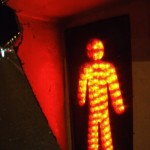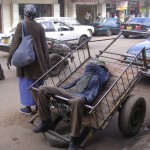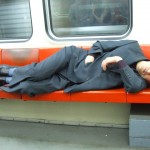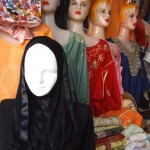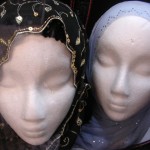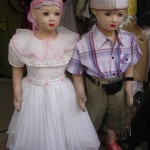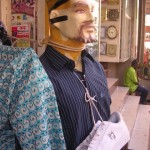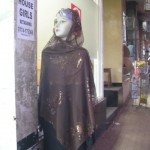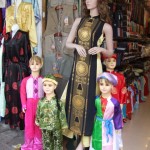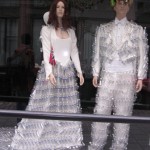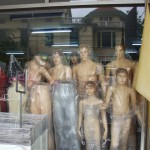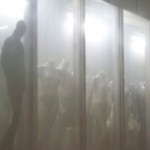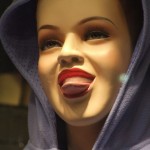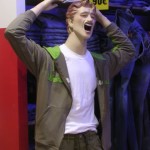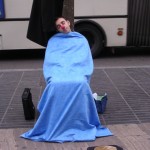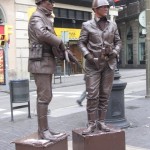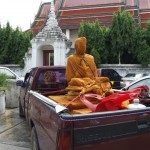The City and (Im)Passivity: Nitasha Kaul
Cities are often seen as sites of exaggerated movement – as busy and bustling places of constant activity – where neon signs flash, cars honk, and people jostle in crowds.
In contrast, the images I’ve chosen for this photo-essay deliberately begin with the ‘Stop’ sign; they convey the city through stillness. The subjects of these pictures do not return our gaze in any conventional sense. They are passive when human (such as people asleep in metros and subways or by the roadside) or stay impassive when humanoid (such as mannequins, dummies or people masquerading as living statues), yet their faces and bodies draw us in.
When people choose to sleep in public, they usually find stable and quiet locations such as park benches. In the images here, the people are asleep awkwardly – a man sleeps on an open cart on the road in Nairobi while the world goes on around him, one sleeps fully reclined on the subway in Beijing with his head tilted and much in need of a pillow, and another on the Paris metro has his jacket hood zipped all the way so as to turn him into a spectacle. Either due to necessity or choice, they all function with a proprietary and insouciant relationship to the public space. Cities allow for such demonstrations of passive anonymity on the part of the sleepers and indifference on the part of the others.
In a world where advertising becomes ever more defined by overt interactivity – advertisements try to ‘speak’ to us, billboards carry shifting scenes – the inanimate mannequins are a curious sight. As the cheapened cousins of artistic figures and memorial statues, the mannequins sit on pavements and shop fronts, draped according to the varying customs of the place and fashions of the time. We are meant to look at what the mannequins wear, not at the mannequins themselves. When undressed and bereft of their show value, they are stacked into the dim interiors of malls in Delhi or piled together under plastic covers in Bangkok. In the images here, the mannequins are in plaster and thermocol, in Vietnamese Ao Dai dress in Hanoi, plastic bottle dresses in Oslo, and in headscarves in Palestine and Morocco, some looking boldly ahead in Uganda and others from New York City and Lisbon gesturing provocatively. In these images, nowhere in the non-West do the mannequins reflect the majority population in terms of skin colour. Be it Hanoi or Kampala, Fez or Ramallah, male or female, the mannequins are fair blondes.
The category of the ‘living statue’ reverses some modes of commercial seeing. In the standard sense, people pay an entry fee to view statues in a park or in a museum. Or, they pay the shop or the mall store to buy what they see the mannequin wearing. With the street-art form of the living statue, people pay a living person (the statue artist) not to make a statue but for having turned themselves into statues! Nonetheless, earning one’s living as a ‘living statue’ isn’t easy – it takes years of training to choose the theme, cover oneself in makeup or paint, and discipline oneself to be absolutely still most of the time. This stillness is most profitable when situated in the busiest part of a city so that maximum numbers of people, usually tourists, see them and drop a coin or two. The living statue images here from the famous boulevard La Rambla in Barcelona.
A final note to the passive cityscape is provided by two statues in another vein. For those hungry in Hungary, one is a diver holding the menu of a seafood restaurant – a creative Ronald McDonald of sorts and the other is a virtuously patient Buddha in Bangkok image awaiting installation and worshippers in the back of a Nissan near a temple.
